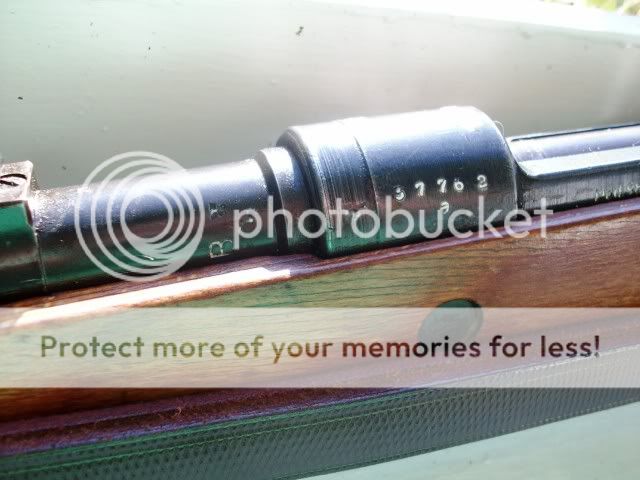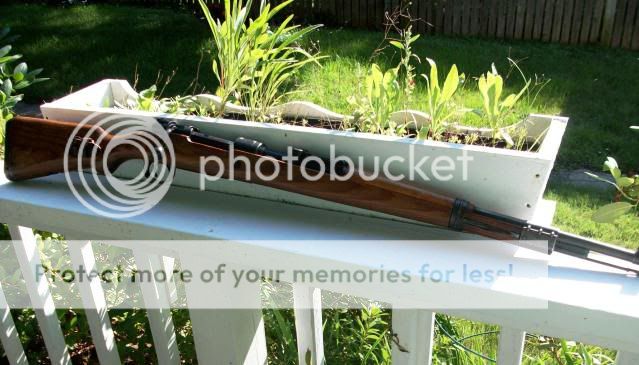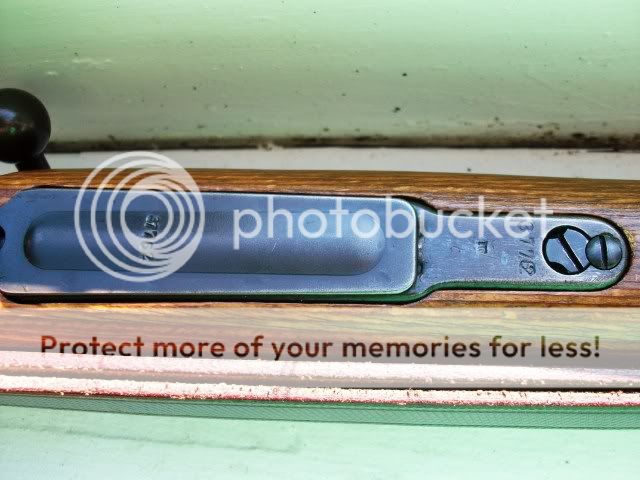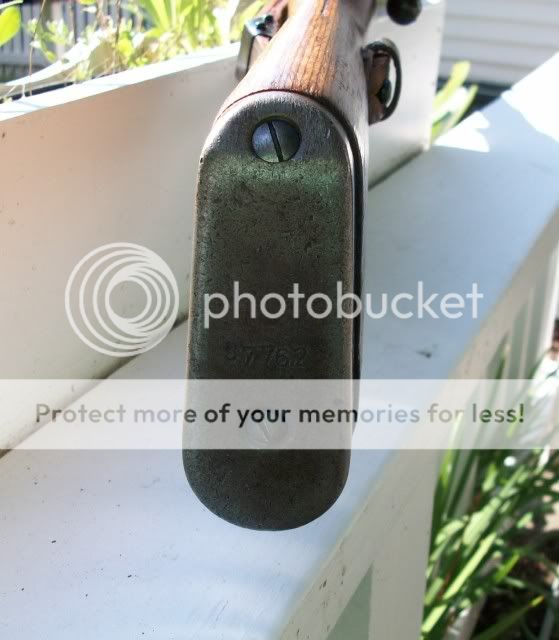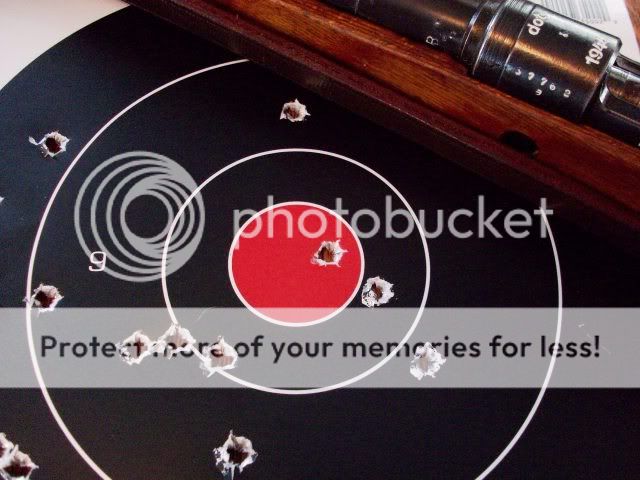Here is an opportunity to showcase your firearm, if you are in possession of one of the World's Rarest Mausers. Feel free to add replies with pics and descriptions of yours. My example follows:
A fellow on another forum revived a thread that I began last year on an FN-M1930 Mauser with Chinese markings that I found in a rural Maine gun shop. His questions caused me to contemplate further, so I began a search.



I did use the term "rarest" in the thread title, as there are few examples and very little information to be gleaned on the internet from the Chinese contract FN-M1930 (FN-30) with standard length receiver, the large and ornate Fabrique National logo, date stamped from 1938, and with the two-line FAB.NAT. D'ARMESdeGUERRE, HERSTAL BELGIQUE on the left side receiver. My best google-fu has come up with only five other references, besides my own, to this particular year and make. And I'm a pretty good googler.
I have not included book and periodical publications in my min-research effort, so please accept that my information is most certainly incomplete, and should be deemed as such. And as with all firearms, there are likely several times more examples in barns and closets, than can be confirmed and recorded in data tables - or internet threads, for that matter.
With all that prefaced:
Two examples of the 1938 stamped FN-30's are referenced as being observed in Mauser Military Rifles of the World, by Robert W.D. Ball, p.47. Both with serial numbers under 1000. Mine is clearly not in that serial number range, at 6375.
Mauser Military Rifles of the World - Robert W.D. Ball - Google Books
The other three references appear in forum posts, but without much detail, nor any pictures. The first mention is on what appears to be the defunct MilsurpArms forum, another on Calgun forums, and the last is on Gunboards. Serial number information is not available in these mentions.
2765-FN-Mauser | 19-Eastern-European
Belgian Mauser bring back - Calguns.net
FN Logo'd Mauser
And who knows if any of the references might be duplicate sightings? No way to tell, for sure. But suffice to say that possession of this particular model/year Mauser is very rarely mentioned on the web. So, unless there is any objection, I do declare the 1938 date stamped FN-30's as rare. Possibly, extremely rare.
For a side-bar, the following link is fantastic for Chinese Mauser stock brands/carvings/painted marks.
Chinese Origin Mauser Stock Engraving ID
Next, just a link that shows the FN-30 with the large logo, but not dated.
Fabrique Nationale de Herstal Mauser m1930 Chinese contract rifle - Maryland Shooters
Now, some more pics and observation of my particular gun. It's ratty. It has a Chinese bolt (not the teardrop FN bolt handle knob). I needed to drill the head off the rear action screw to gain access beneath the furniture (rear action bolt needed, BTW). Deep pitting on the receiver and chamber area will preclude me from ever daring to fire it, though the gritty bore that is pictured did clean up nicely and shows moderately sharp rifling. The Belgian proofs on both the receiver and barrel show scrubbing and re-stamping (?).

















Criticisms, observations, commentary, and alternate opinions concerning my declaration are very welcome here, too. I am a serious collector of many lines of firearms, but I'm an extreme Mauser novice. So, I'm open for lessons, as well. As always, thanks for looking and reading.
ALSO! Post your rare Mauser here, if you wish.
A fellow on another forum revived a thread that I began last year on an FN-M1930 Mauser with Chinese markings that I found in a rural Maine gun shop. His questions caused me to contemplate further, so I began a search.



I did use the term "rarest" in the thread title, as there are few examples and very little information to be gleaned on the internet from the Chinese contract FN-M1930 (FN-30) with standard length receiver, the large and ornate Fabrique National logo, date stamped from 1938, and with the two-line FAB.NAT. D'ARMESdeGUERRE, HERSTAL BELGIQUE on the left side receiver. My best google-fu has come up with only five other references, besides my own, to this particular year and make. And I'm a pretty good googler.
I have not included book and periodical publications in my min-research effort, so please accept that my information is most certainly incomplete, and should be deemed as such. And as with all firearms, there are likely several times more examples in barns and closets, than can be confirmed and recorded in data tables - or internet threads, for that matter.
With all that prefaced:
Two examples of the 1938 stamped FN-30's are referenced as being observed in Mauser Military Rifles of the World, by Robert W.D. Ball, p.47. Both with serial numbers under 1000. Mine is clearly not in that serial number range, at 6375.
Mauser Military Rifles of the World - Robert W.D. Ball - Google Books
The other three references appear in forum posts, but without much detail, nor any pictures. The first mention is on what appears to be the defunct MilsurpArms forum, another on Calgun forums, and the last is on Gunboards. Serial number information is not available in these mentions.
2765-FN-Mauser | 19-Eastern-European
Belgian Mauser bring back - Calguns.net
FN Logo'd Mauser
And who knows if any of the references might be duplicate sightings? No way to tell, for sure. But suffice to say that possession of this particular model/year Mauser is very rarely mentioned on the web. So, unless there is any objection, I do declare the 1938 date stamped FN-30's as rare. Possibly, extremely rare.
For a side-bar, the following link is fantastic for Chinese Mauser stock brands/carvings/painted marks.
Chinese Origin Mauser Stock Engraving ID
Next, just a link that shows the FN-30 with the large logo, but not dated.
Fabrique Nationale de Herstal Mauser m1930 Chinese contract rifle - Maryland Shooters
Now, some more pics and observation of my particular gun. It's ratty. It has a Chinese bolt (not the teardrop FN bolt handle knob). I needed to drill the head off the rear action screw to gain access beneath the furniture (rear action bolt needed, BTW). Deep pitting on the receiver and chamber area will preclude me from ever daring to fire it, though the gritty bore that is pictured did clean up nicely and shows moderately sharp rifling. The Belgian proofs on both the receiver and barrel show scrubbing and re-stamping (?).











Criticisms, observations, commentary, and alternate opinions concerning my declaration are very welcome here, too. I am a serious collector of many lines of firearms, but I'm an extreme Mauser novice. So, I'm open for lessons, as well. As always, thanks for looking and reading.
ALSO! Post your rare Mauser here, if you wish.








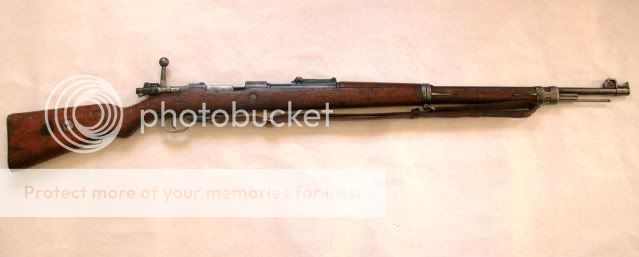
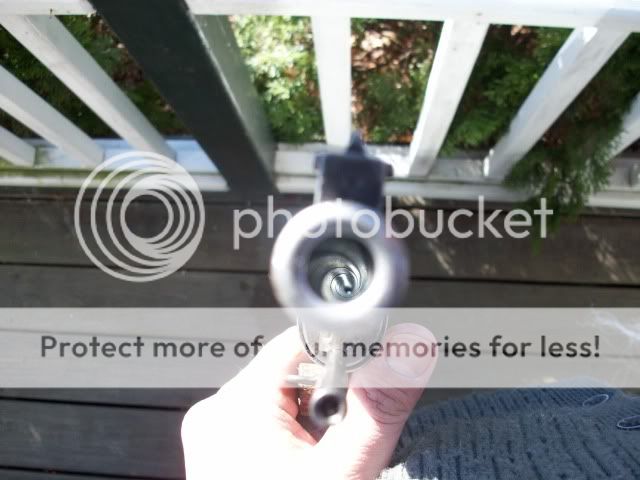
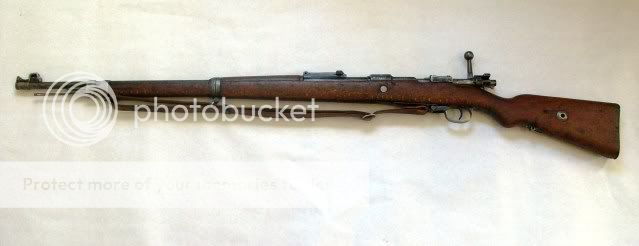
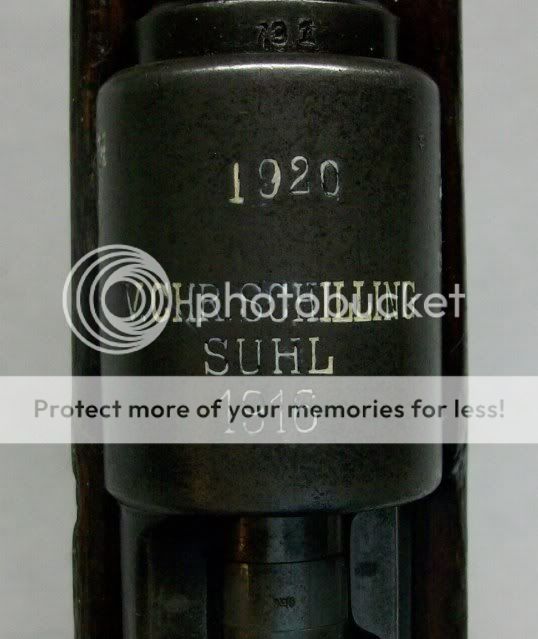
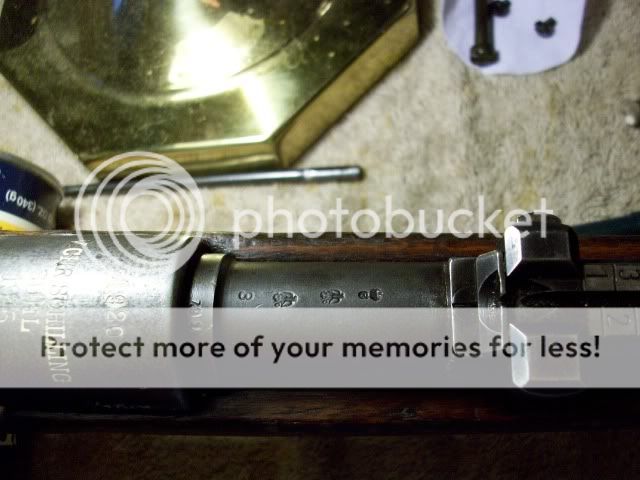
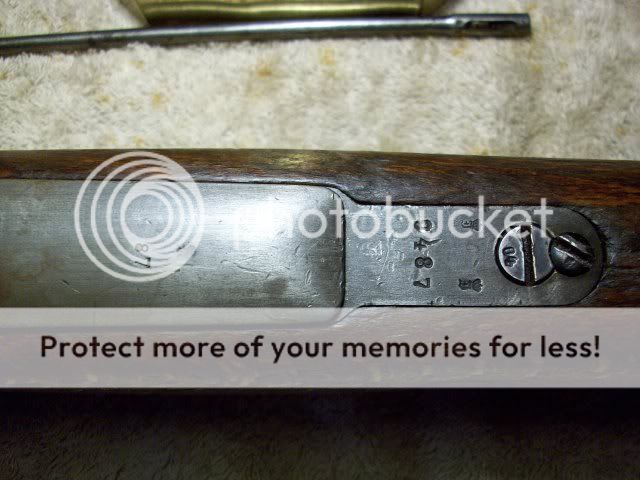
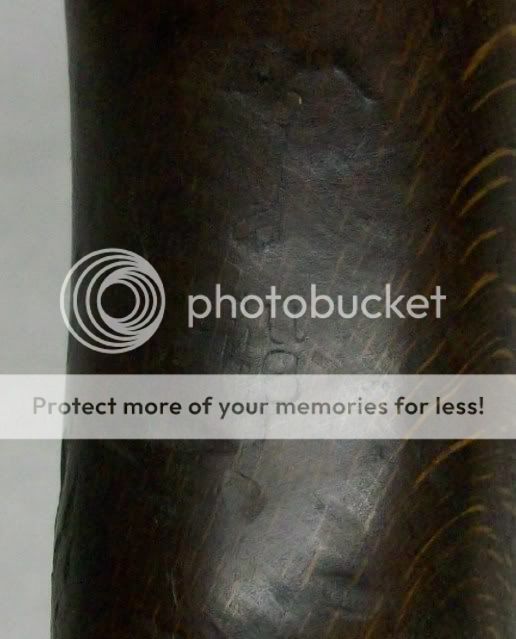
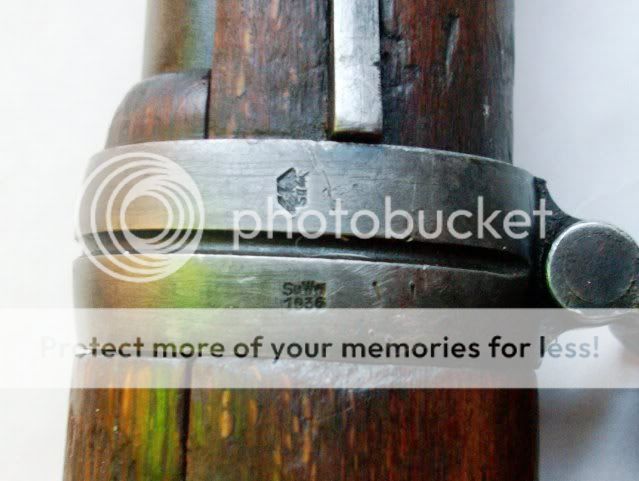
![Smile [smile] [smile]](/xen/styles/default/xenforo/smilies.vb/001.gif)
